A singular living thing.
What is an organism?
The abiotic source of most energy on Earth. Producers get their energy from this.
What is the sun?
The 3 states of Matter
What are solids, liquids, and gases?
The definition of biology.
What is the study of life?
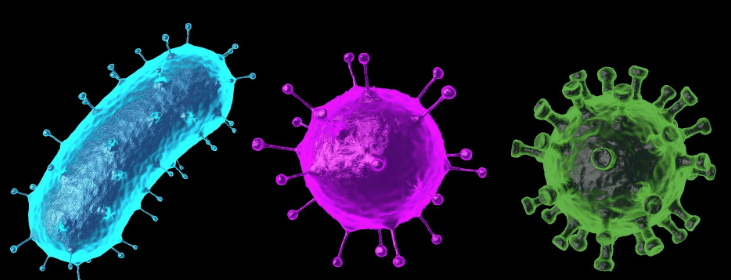
An infectious microbe that has DNA and lives inside of a host organism.
What is a virus?
The universal genetic code for organisms, that acts as an instruction manual for cells.
What is DNA?
The source of energy for decomposers.
What are dead or decaying organisms?
What is has mass and takes up space?
Numbers are an example of this, which we collect during experiments.
What is data?
The meaning of "C. E. R. ".
What is Claim, Evidence, Reasoning?
The state of internal balance that all organisms try to reach, to keep themselves stable.
What is homeostasis?

The first level of ecological organization including both biotic and abiotic factors. All organisms and their environment.
What is an Ecosystem?
Step of the water cycle that involves water changing from a gas to a liquid in the atmosphere due to cool temperature.

What is condensation?
An educated guess, based on background information and inferences. Your proposed answer to a big question.
What is a hypothesis?
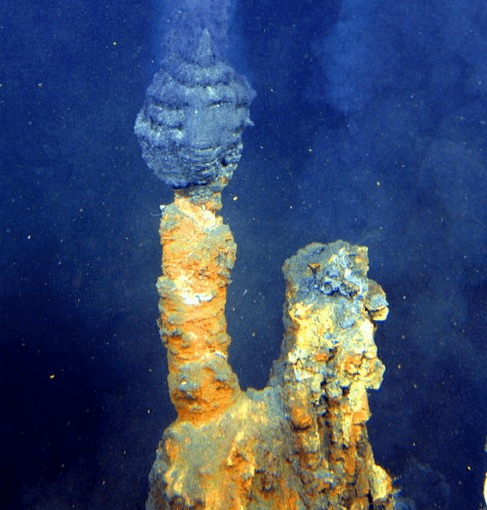
Thermal vents are formed when cold ocean water seeps into the oceanic crust, is heated by magma, and then spews back out, often with dissolved nutrients.
They provide essential energy and nutrients to producers in areas of the ocean where sunlight is not available in this process.
What is Chemosynthesis?
The difference between nonliving and dead.
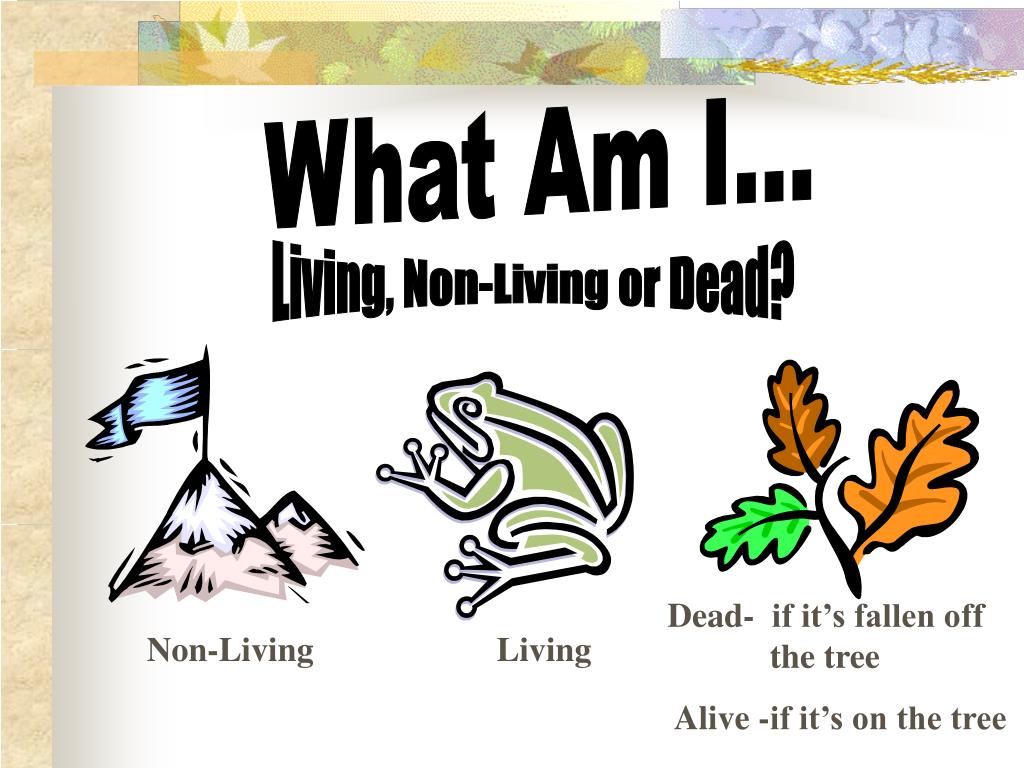
What is: If something is Dead, it exhibited the characteristics of life at some point, but not currently. If something is Nonliving, it has never and will never exhibit the characteristics of life.
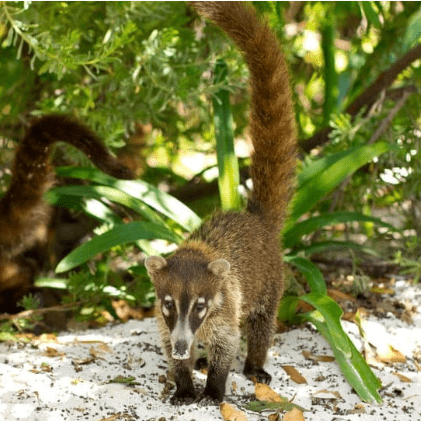
The Panamanian Coati is an omnivore, feeding primarily on insects or other small animals. They sit at the third position on a food chain, the second spot AFTER producers. Their position in the food chain.
What is a secondary consumer?
The process in which plants and animals RELEASE carbon dioxide gas into the atmosphere?
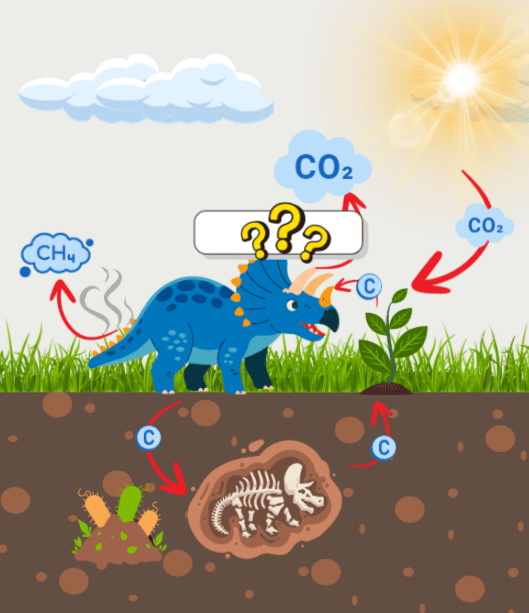
What is respiration?
The variable that we purposefully change.
What is an independent variable?
For the following Diagram, name the organism at each levels of the food chain IN THIS ORDER: Producer, Secondary Consumer, Tertiary Consumer, Decomposer.
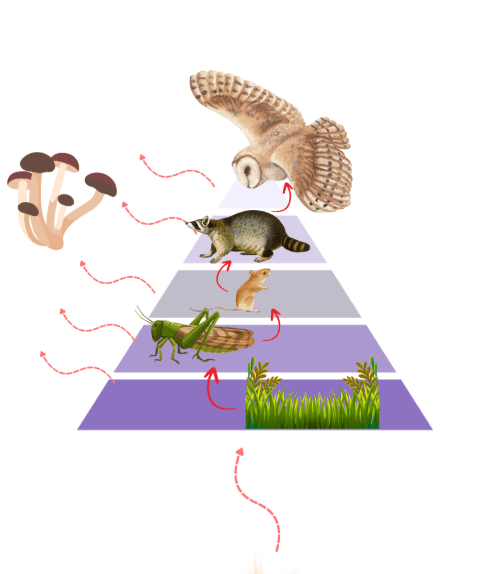
What is:
-Grass
-Field Mouse
-Raccoon
-Fungi
The 2 characteristics of life that best relate to the following situation:
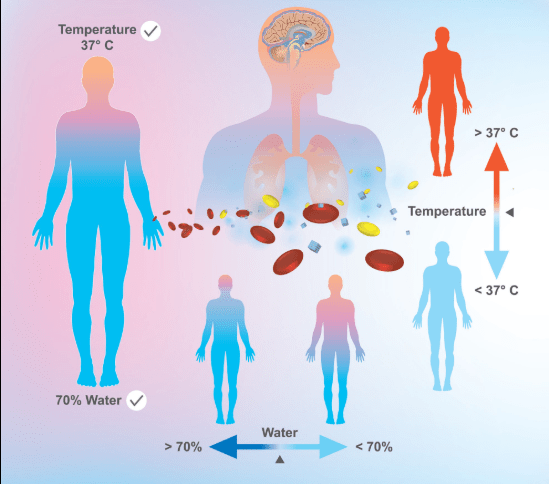
During a blizzard, the outside temperature is in the low 10's to mid-20's. Our internal body temperature starts to drop. Human muscles will then contract and cause shivering and goosebumps, which both cause an increase in body heat.
What is response to stimuli and homeostasis?
2 ways that energy can move through the ocean ecosystem.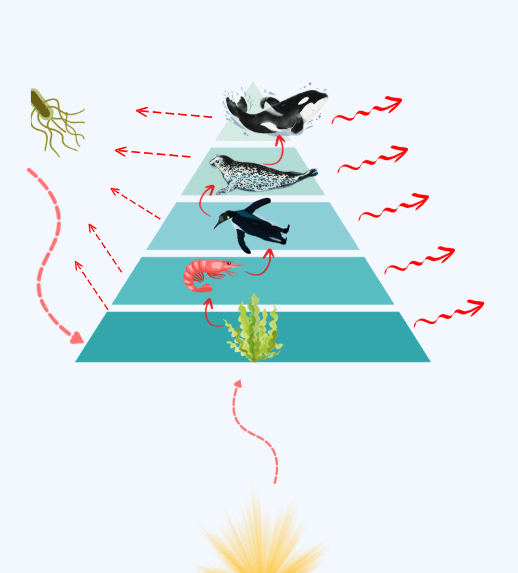
What is solar energy and photosynthesis, chemical energy being used up by organisms, or recycled by decomposers, or lost as heat?
The product of dead organisms NOT decomposing, but instead settling into sediments over millions of years. Burning these in power plants increases carbon dioxide.
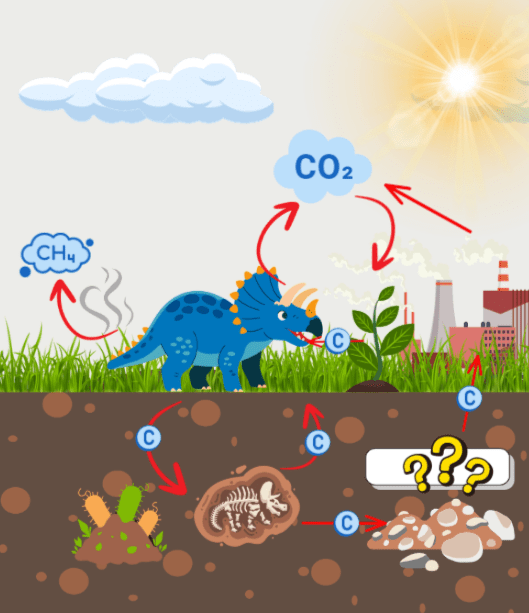
What are fossil fuels?
The meaning of the unit "M".
What is molar, moles, molarity, or concentration?

We have created self-sufficient terrariums in class. Please explain in a MINIMUM of 3 sentences how it is possible that a Woodlouse can survive in a terrarium for over 2 weeks.
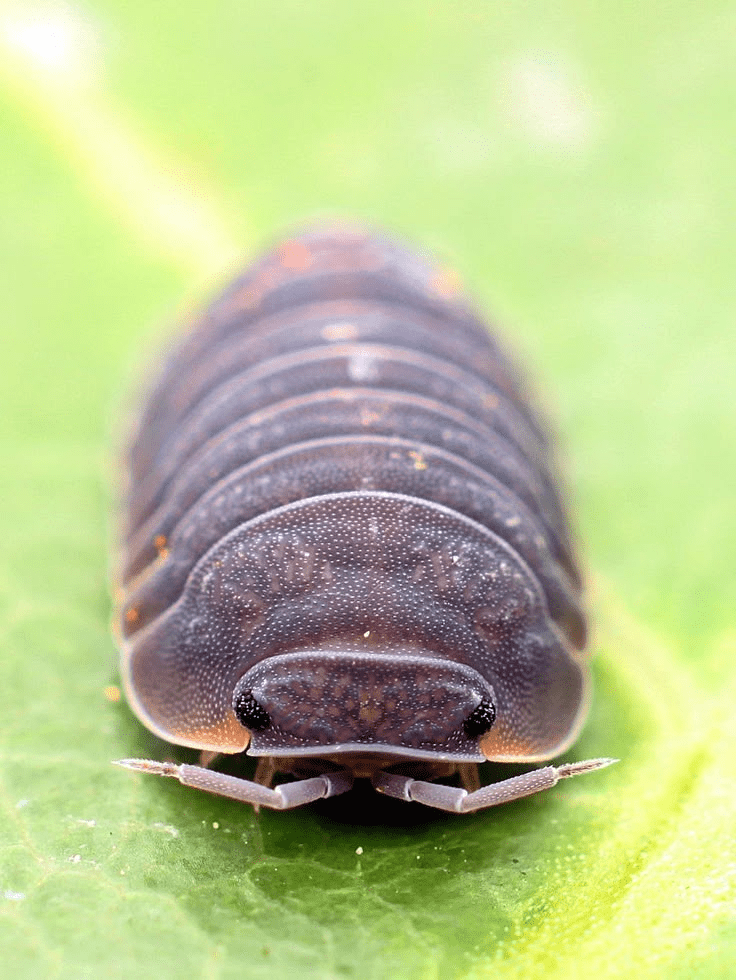
What is:
-They are decomposers/ They feed off of wood
-They do not need living things/ they eat decaying organisms
-We have added water for them/ The Water Cycle is occurring
-They have air/ The Carbon Cycle is occurring
-They have light/ Photosynthesis is occurring